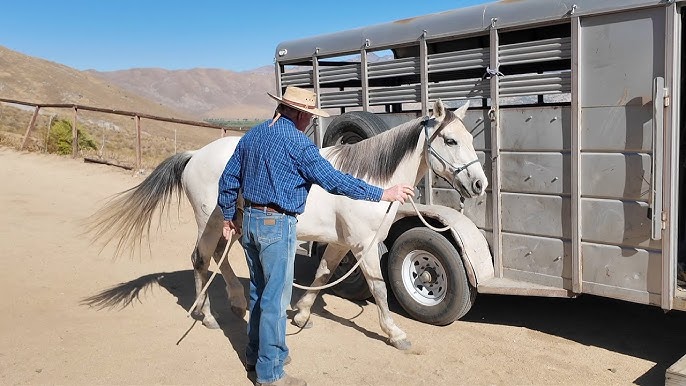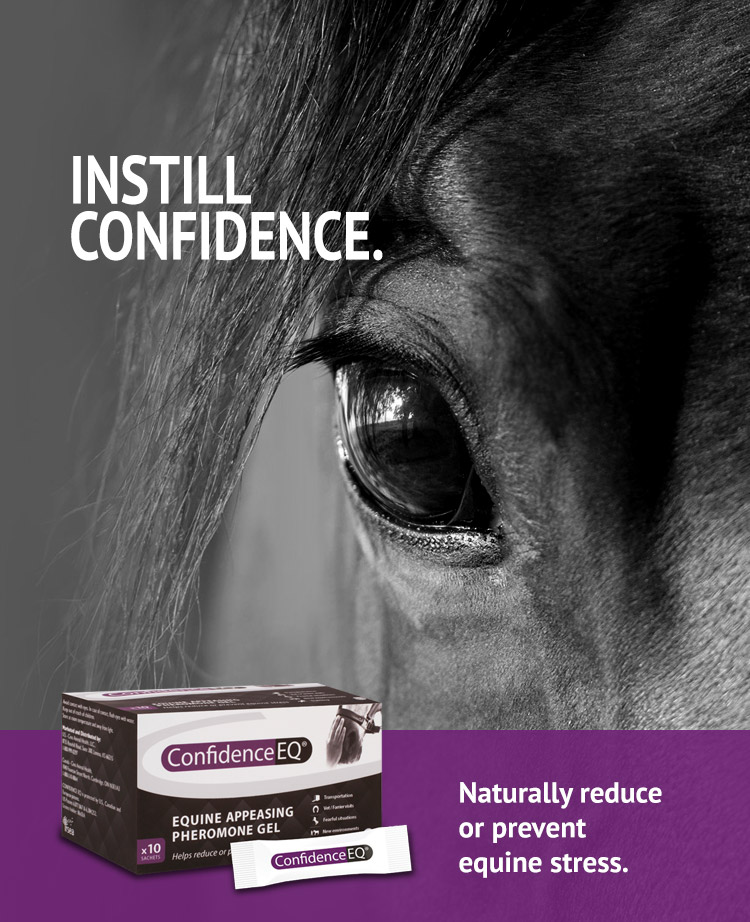How to Calm an Anxious Horse: A Detailed Guide

Horses are sensitive creatures that can experience anxiety due to various factors such as new environments, loud noises, or unfamiliar people. Understanding how to calm an anxious horse is essential for their well-being and safety. This article provides practical tips, techniques, and insights to help horse owners and enthusiasts manage equine anxiety effectively.
Understanding Horse Anxiety

Anxiety in horses manifests through behaviors like restlessness, sweating, rapid breathing, and sometimes aggressive reactions. Recognizing these signs early can prevent escalation and help in applying calming strategies promptly.
| Symptom | Description | Possible Cause |
|---|---|---|
| Restlessness | Pacing, shifting weight frequently | Environmental changes |
| Sweating | Excessive sweating without exercise | Stress or fear |
| Rapid Breathing | Increased respiratory rate | Nervousness or panic |
| Aggression | Biting, kicking, or striking | Feeling threatened |
Causes of Anxiety in Horses
- New Environments: Horses are creatures of habit and may feel uneasy in unfamiliar settings.
- Loud Noises: Sudden or loud sounds can startle horses.
- Separation: Being away from their herd or familiar companions.
- Health Issues: Pain or discomfort can increase anxiety.
Techniques to Calm an Anxious Horse
1. Create a Safe Environment
Ensure the horse’s surroundings are quiet and free from sudden disturbances. Familiar objects like their usual blanket or toys can provide comfort.
2. Use Gentle Touch and Voice
Softly stroking the horse and speaking in a calm, reassuring tone can help reduce stress.
3. Controlled Breathing Exercises
Mirroring calm breathing patterns can influence the horse’s own breathing and heart rate.
4. Gradual Exposure
Slowly introducing the horse to anxiety triggers in a controlled manner helps build confidence.
5. Provide Distractions
Offering treats or engaging the horse in light activities can divert their attention from stressors.
Table: Calming Techniques and Their Benefits
| Technique | Description | Benefit |
|---|---|---|
| Safe Environment | Quiet, familiar surroundings | Reduces external stressors |
| Gentle Touch & Voice | Soft stroking and calm speaking | Builds trust and soothes |
| Controlled Breathing | Matching calm breathing patterns | Lowers heart rate and anxiety |
| Gradual Exposure | Slowly introducing triggers | Increases confidence |
| Distractions | Treats or light activities | Diverts attention from anxiety |
Frequently Asked Questions (FAQ)
Q1: How long does it take to calm an anxious horse?
A: The time varies depending on the horse’s temperament and the cause of anxiety. Some horses may calm within minutes, while others require consistent training over weeks.
Q2: Can medication help with horse anxiety?
A: In some cases, veterinarians may prescribe medication, but behavioral techniques are preferred for long-term management.
Q3: Is it safe to approach a very anxious horse?
A: Approach slowly and calmly, avoiding sudden movements. If the horse shows signs of aggression, it’s best to seek professional help.
By understanding the causes and applying these calming techniques, horse owners can significantly improve their horse’s comfort and safety. Consistency and patience are key to helping an anxious horse feel secure and relaxed.
Would you like me to help enhance the introduction or add more detailed case studies?
Follow-up Tasks
- Add more calming techniques
- Expand FAQ section
- Include case studies on anxiety management
